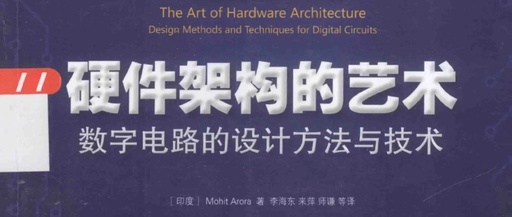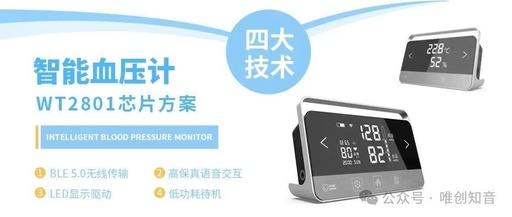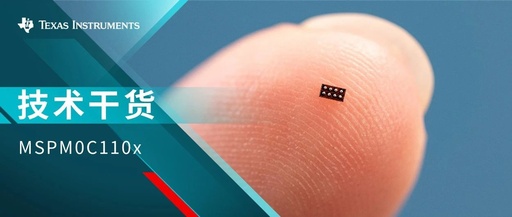Low Power Design Techniques: Data Gating and Operand Isolation
Low Power Design Techniques: Data Gating (Data Gating) and Operand Isolation (Operand Isolation) Previously, we discussed Clock Gating (Clock Gating), which is a well-known low power design technique. It can be easily applied during the logic synthesis stage without requiring changes to the RTL, making it one of the more straightforward methods for achieving low … Read more









